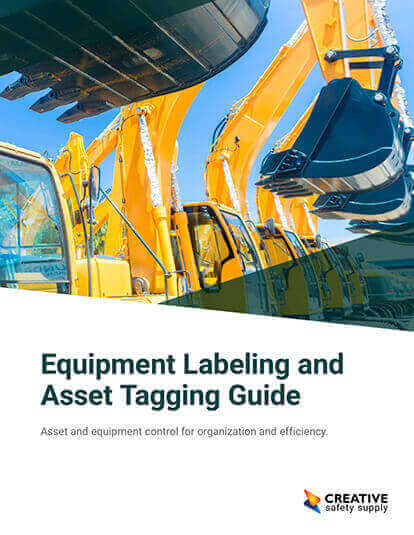
Nothing lasts forever and planning out when an asset is expected to need to be replaced can make it much easier for a company to budget their purchases. It can also help to better predict downtime and avoid it where possible. To help accomplish this, the concept of an asset life cycle has been developed. Asset life cycles are used to plan out assets from the time it is determined that they are needed until they have been disposed and removed from a facility.
In most cases, an asset life cycle will have five stages: plan, acquire, use, maintain, and dispose. The planning stage is where a facility will determine what equipment is needed, and which specific model of equipment should be purchased. Once that is decided, the facility will acquire the equipment that is needed and have it brought in and installed. These two stages of the life cycle generally do not last very long.
Once the asset has been installed and tagged, it will move into the use and maintain stages of the life cycle. This is where assets will spend the vast majority of their time, and both are really performed at the same time. Assets are used on a day-to-day basis and maintained as needed based on a maintenance schedule or other things. Once the asset is either no longer operating efficiently, or it is costing more to maintain it than it would to replace it, the asset will move to the dispose stage. This is where it is removed from the facility entirely.
For most types of assets, a facility can accurately determine how long each of these stages in the life cycle will last. For example, if a facility purchases a manufacturing machine, they will plan for it to work for a set number of years before it is replaced. This estimate allows them to budget for the purchase, maintenance, and disposal of assets ahead of time, which has many advantages. This will also allow a company to replace an asset before it starts breaking down and causing problems, which is an important way of reducing outages or other forms of waste.


